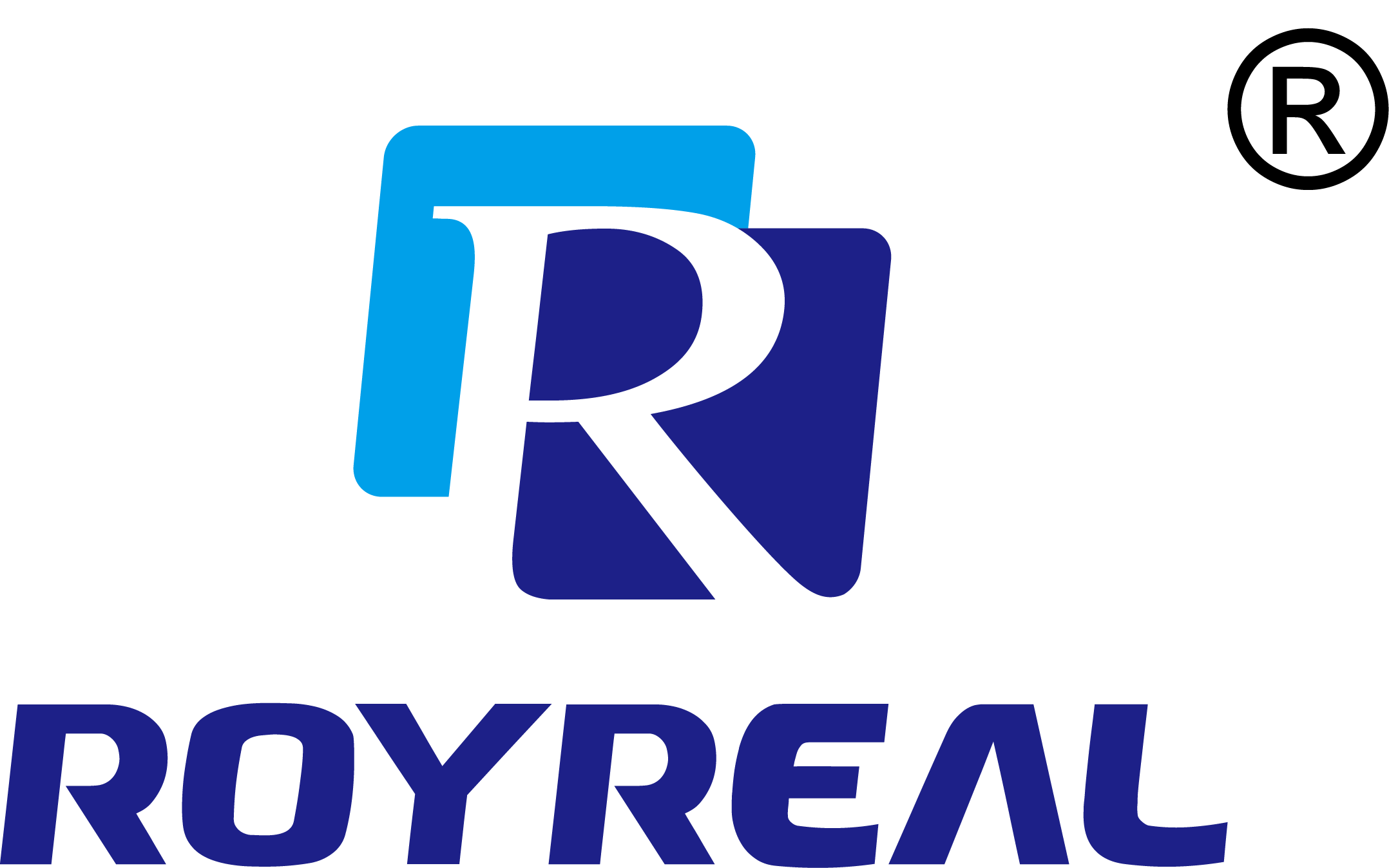Exploring the Significance of Sonic Nozzles in Gas Flow Measurements
Category: Industry News
Time:2024-12-09
**Introduction**
Gas flow measurements are essential in various industries, including manufacturing, energy production, and environmental monitoring. Accurate measurements of gas flow rates are crucial for maintaining process efficiency, ensuring safety, and meeting regulatory standards. One of the key instruments used in gas flow measurements is the sonic nozzle.
**What is a Sonic Nozzle?**
A sonic nozzle is a precision-engineered device designed to control and measure the flow rate of gases. It works based on the principle of sonic flow, where the velocity of the gas passing through the nozzle reaches or exceeds the speed of sound. This creates a choked flow condition, allowing for precise measurement of gas flow rates.
**How Does a Sonic Nozzle Work?**
When gas flows through a sonic nozzle, its velocity increases as it passes through the converging section of the nozzle. At the throat of the nozzle, the gas reaches sonic velocity, creating a choked flow condition. This ensures that the flow rate is directly proportional to the pressure drop across the nozzle, making sonic nozzles highly accurate for gas flow measurements.
**Advantages of Using Sonic Nozzles**
- High Accuracy: Sonic nozzles provide precise and reliable measurements of gas flow rates, making them ideal for critical applications.
- Wide Range of Flow Rates: Sonic nozzles can be designed to measure gas flow rates ranging from a few sccm to several hundred scfm, making them versatile for different industrial processes.
- Low Maintenance: Sonic nozzles are durable and require minimal maintenance, reducing downtime and operational costs.
- Non-intrusive Measurement: Sonic nozzles do not disrupt the flow of gases, ensuring accurate measurements without affecting the process.
**Applications of Sonic Nozzles**
Sonic nozzles are used in a wide range of industries and applications, including:
- Gas flow calibration
- Emission testing
- Environmental monitoring
- Aerospace and aviation
- Research and development
**FAQs**
1. What is the principle of sonic flow in sonic nozzles?
- Sonic flow occurs when the velocity of the gas passing through the nozzle reaches or exceeds the speed of sound, creating a choked flow condition.
2. How are sonic nozzles calibrated?
- Sonic nozzles are calibrated using reference gases and standardized flow measurement techniques to ensure accuracy and reliability.
3. Can sonic nozzles be used for measuring liquid flow?
- Sonic nozzles are specifically designed for gas flow measurements and may not be suitable for measuring liquid flow rates.
4. What are the factors that affect the performance of sonic nozzles?
- Factors such as temperature, pressure, gas composition, and nozzle geometry can affect the performance and accuracy of sonic nozzles.
5. Are sonic nozzles suitable for high-pressure gas flow measurements?
- Sonic nozzles can be designed to withstand high-pressure conditions and are commonly used for measuring gas flow rates in high-pressure systems.
**Conclusion**
In conclusion, sonic nozzles play a vital role in gas flow measurements, providing accurate and reliable data for various industrial applications. By understanding the importance of sonic nozzles and their advantages, engineers and researchers can ensure precision in gas flow measurements and optimize process efficiency. Incorporating sonic nozzles into gas flow measurement systems can lead to improved performance, reduced operational costs, and enhanced safety in industrial processes.
Keywords:
 EN
EN RU
RU SP
SP
